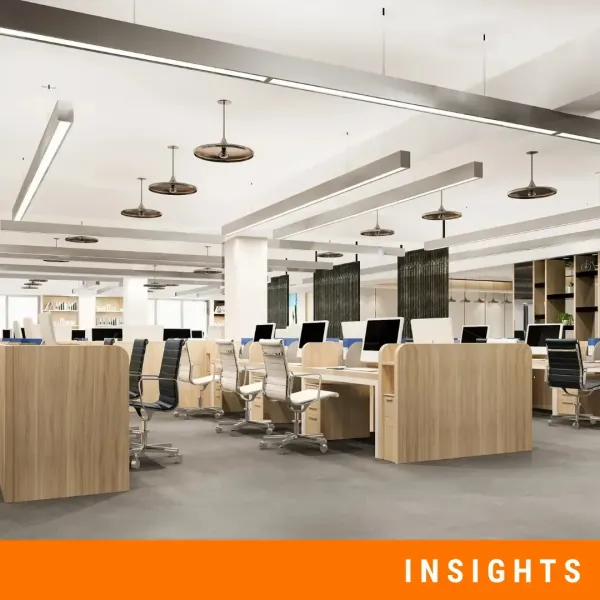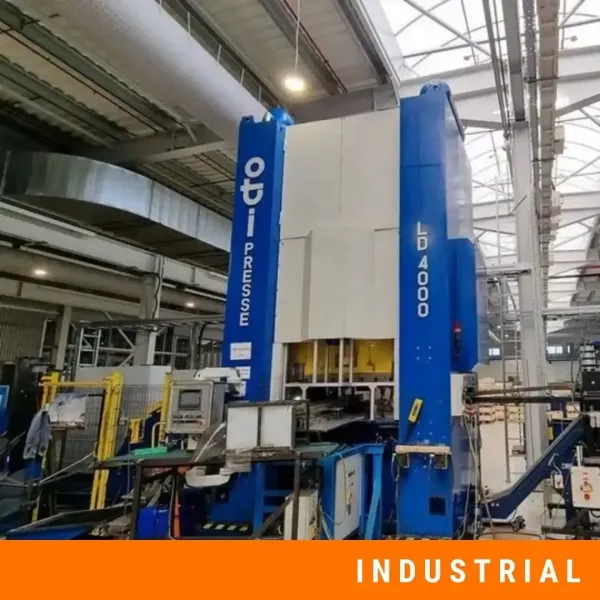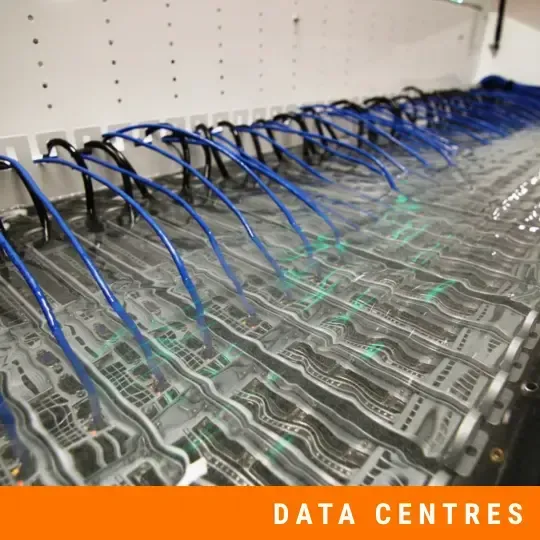Soundproofing Solutions for Multi-Purpose Lab Spaces
Modern laboratories often carry out more than one function. A single area might accommodate mechanical testing, data analysis, education, and collaborative research all at the same time. This flexibility is important, but it introduces a significant challenge: noise.
Each task has its own acoustical requirements. Sensitive instruments usually demand silence in order to be as accurate as possible. People who operate in teams must communicate clearly, and when machines generate noise and vibration, they might get in the way of the surrounding setups. Without sufficient soundproofing, these mixed applications lead to distractions, mistakes in measurement, and lower job quality.
Multi-purpose labs require custom soundproofing solutions that adapt to how the area is used. In this post, we will discuss why sound control is important in these contexts, what obstacles are typical, and which solutions provide meaningful, long-lasting effects.
Why Soundproofing Matters in Multi-Use Laboratories
Multi-purpose labs can carry out different processes side by side. For example, one employee may be working on delicate measurements, and on the other side of the room, another is operating a centrifuge or running simulations. These overlapping activities create a noisy and unstable environment without the correct acoustic control.
Multiple Activities Mean Mixed Acoustic Needs
In flexible lab spaces, it’s common to combine:
- Precision testing or metrology
- Sample preparation or chemical processes
- Teaching or team collaboration
- Equipment maintenance or calibration
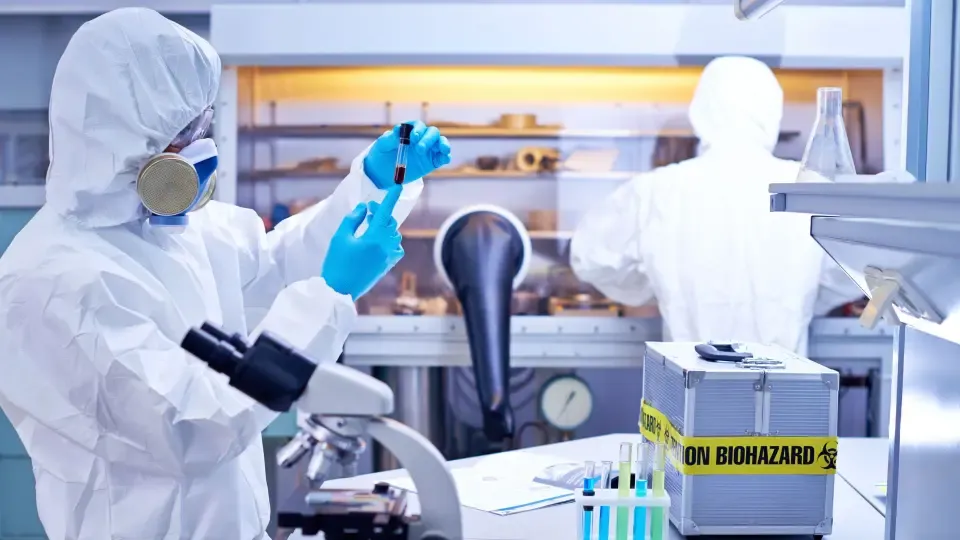
Each of these jobs requires a particular auditory environment, as we have found. For instance, even faint background noise or vibration might interfere with microscopes and microbalances. Teams and students must be able to communicate and move about freely without interfering with other work areas.
If the space isn't acoustically treated, sound spreads easily. For example, through the air, walls, tables, and ceilings.
Effects on Equipment and Staff
As is commonly known, sound waves may pass through both air and surfaces in a laboratory. These disruptions are commonly detected by sensitive devices like spectrometers, sensors, and lasers as inaccurate readings or false signals.
A study published in the Journal of Environmental Psychology revealed that background noise has an adverse effect on people as well. It raises cognitive load and decreases task accuracy, particularly in complex, attention-demanding settings like labs.
Staff exposed to constant noise for a prolonged amount of time may experience:
- Mental fatigue
- Lower concentration
- Slower task performance
- Higher error rates
Key Soundproofing Challenges in Flexible Lab Environments
Multi-purpose labs are designed to be adaptable, and with time, when equipment is added, removed, and rearranged. But this flexibility often makes soundproofing more difficult, so the best thing is for the acoustic control to match the lab’s use, without getting in the way of airflow, safety, or access.
Room Reconfiguration and Modular Use
Multi-use labs are often reconfigured depending on the task; for example, a space used for equipment testing one day may host collaborative group work the next. However, in most cases, fixed acoustic treatments such as wall panels or built-in partitions are not always enough in these changing environments.
This means:
- Sound barriers must be mobile or adjustable
- Absorptive materials need to fit around existing equipment
- Treatments must not interfere with emergency egress or lab workflows
Because of this, modular acoustic panels and mobile screens are often the most effective solution. They reduce echo and control noise between work zones without blocking equipment or the needed pathways around it.
HVAC, Cabling, and Structural Noise Transfer
Most modern labs rely on high-capacity HVAC systems for ventilation and climate control; unfortunately, these systems are also major sources of noise. Fan units, ducts, and others produce both airborne and structure-borne sound.
In addition:
- Sound leaks through duct openings and cable penetrations
- Vibrations travel through floor slabs, benches, and pipework
- Lightweight partition walls often offer poor acoustic isolation
According to ASHRAE noise design guidelines, HVAC noise in technical environments should be kept below NC-35 (noise criterion) in order to avoid disruption. Without acoustic duct treatments or sound baffles, these levels are often exceeded.
So, the solution needs to include a mix of acoustic louvers, duct silencers, and vibration isolation mounts, all of which can be customised to fit optimally around mechanical systems.
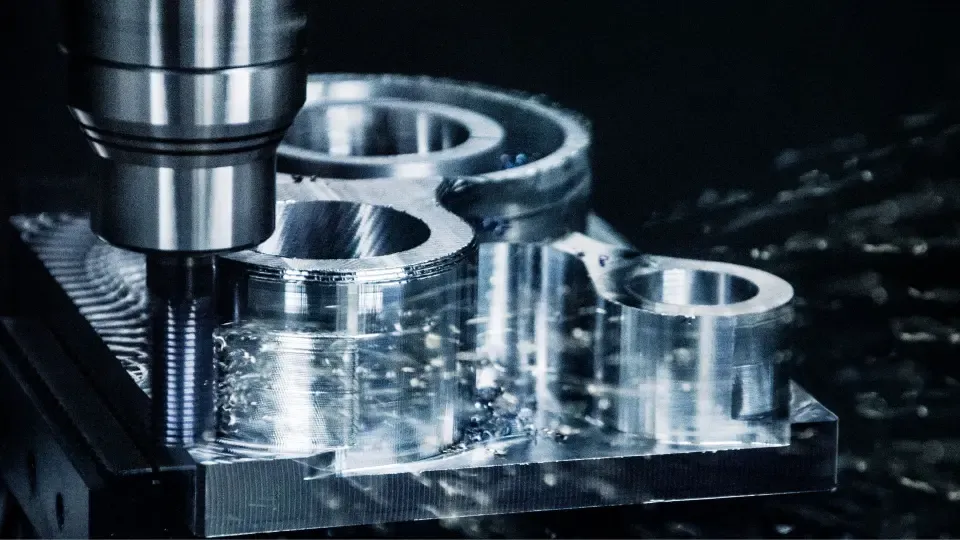
Best Practices for Lab Soundproofing
Good lab soundproofing is selecting the optimal materials and layout to block noise, decrease echo, and eliminate vibration while keeping the room useful, safe, and clean.
Zoning the Lab by Sound Activity
One of the simplest ways to improve acoustic control is to separate loud and quiet zones.
For example:
- Place noisy equipment like pumps, centrifuges, or vacuums in isolated corners
- Use movable acoustic partitions to divide heavy-use areas from analysis benches
- Group precision instruments together away from walkways and HVAC ducts
The zoning technique allows each space to meet its own acoustic needs without the need for separate rooms. This approach also allows you to treat only the loudest sources, reducing costs and space.
Combining Soundproofing and Sound Absorption
There are two types of noise treatment:
- Soundproofing blocks noise from entering or leaving a space
- Sound absorption controls how sound behaves inside a space
Multi-purpose labs usually need both. For example:
- Use mass-loaded barriers (such as metal panels or layered partitions) to stop external noise
- Apply absorptive materials like PZP™ perforated metal panels or acoustic ceiling baffles to reduce echo
- Treat structure-borne noise by isolating machines with anti-vibration pads like Vibromat or FM Pad
- For ceiling-mounted systems, add hangers like DECIBEL DH or Pi Mini to detach equipment from the frame
Each layer has a unique role in regulating the whole sound spectrum, from low-frequency vibrations to high-frequency reflection. They work together to provide a more stable, calmer environment for both staff and instruments.
Custom Soundproofing Solutions for Modern Lab Spaces
Each laboratory is unique; some laboratories specialise in chemical analysis, while others focus on electronics, technology, or academic instruction. Each place requires acoustic solutions that are specific to its layout, machinery, and safety standards.
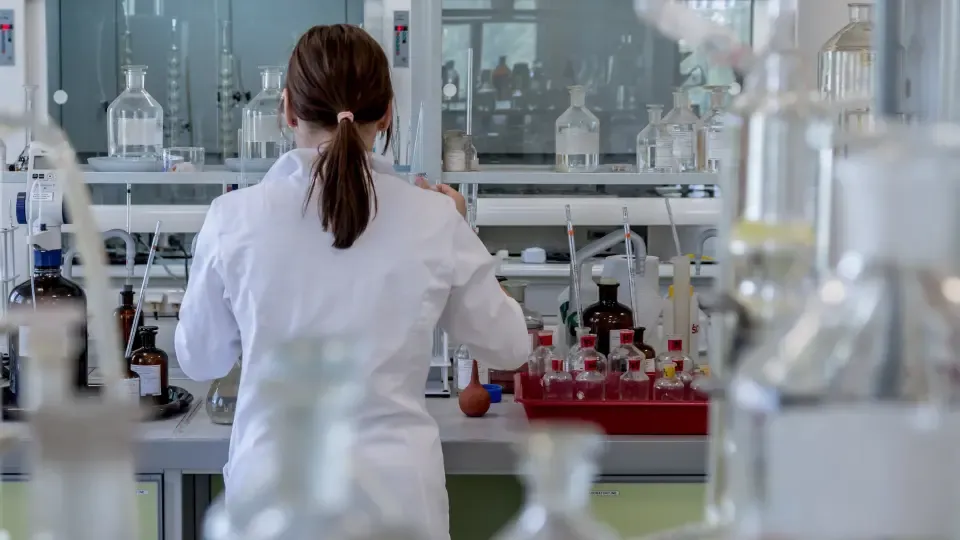
Cleanroom- and Lab-Safe Acoustic Materials
Laboratories frequently have stringent hygiene or resistance to chemicals requirements. This means that traditional acoustic materials such as foam or cloth panels may not be appropriate.
Instead, you can use:
- Non-fibrous panels made of coated metal or sealed composites
- Chemically resistant surfaces that can be cleaned without breaking down
- Moisture- and temperature-stable mounts in areas with frequent HVAC cycling
Products like PZP™ perforated metal panels are ideal. They absorb sound while meeting hygiene and durability standards. They can also be used on walls or ceilings in research spaces, clean zones, and teaching labs without collecting dust or fibres.
Reconfigurable and Modular Treatments
Multi-purpose labs change often. The soundproofing needs to move with them. Modular solutions include:
- Mobile acoustic partitions to divide test benches and reduce cross-talk
- Floating floors or Vibromat pads to isolate vibration under heavy instruments
- Anti-vibration hangers like DECIBEL DH to reduce structure-borne noise in ceiling-mounted ductwork or piping
These allow labs to maintain flexibility without compromising acoustic performance. A shared research and teaching laboratory, for example, can keep students' speech zones neat while isolating noise from surrounding machines by changing the screen location and using isolated mounts beneath the equipment.
Real-World Impact
When labs are properly soundproofed, the results are immediate:
- Testing + Analysis Rooms - using barrier panels to separate sound zones and spring mounts under machines improves measurement stability.
- Teaching + Collaboration Labs - sound-absorbing panels improve communication and reduce distraction, helping students focus and instructors be heard clearly.
- Mixed-Use Spaces - combining all the above creates comfortable, functional environments for sensitive tasks and teamwork alike.
No matter the setup, targeted acoustic treatment improves the lab’s performance, flexibility, and comfort, without compromising airflow or safety.
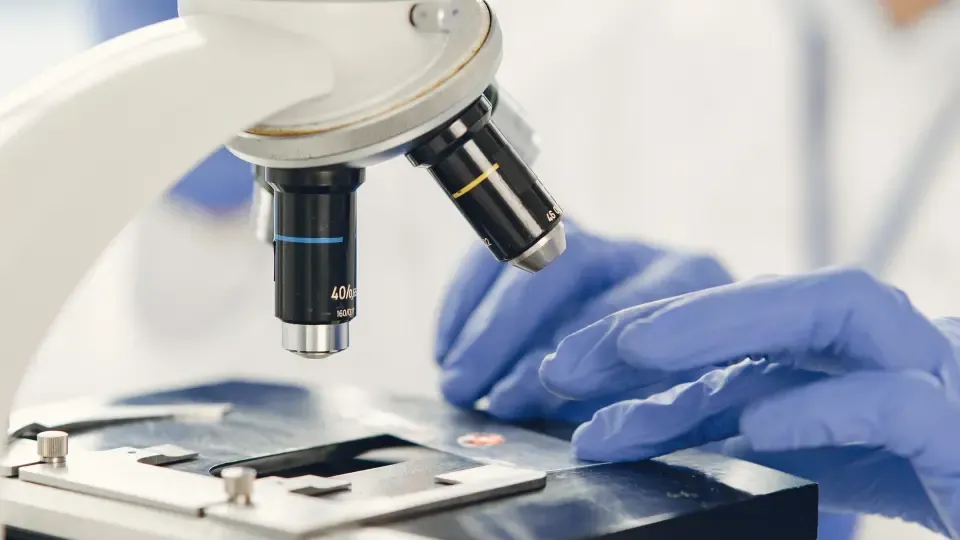
If you're working with sensitive instruments, running tests, or teaching students, controlling noise is needed for accuracy, focus, and comfort.
Multi-purpose lab spaces face unique challenges. Different users and tasks share the same area, but each has different acoustic needs. Without proper soundproofing, even small vibrations or echoes can cause big problems.
By combining smart zoning, the right acoustic materials, and reliable anti-vibration systems, labs can stay flexible while performing better.
Need help choosing the right soundproofing system for your lab?
Contact DECIBEL to speak with our experts and get tailored solutions that support both precision and flexibility.
